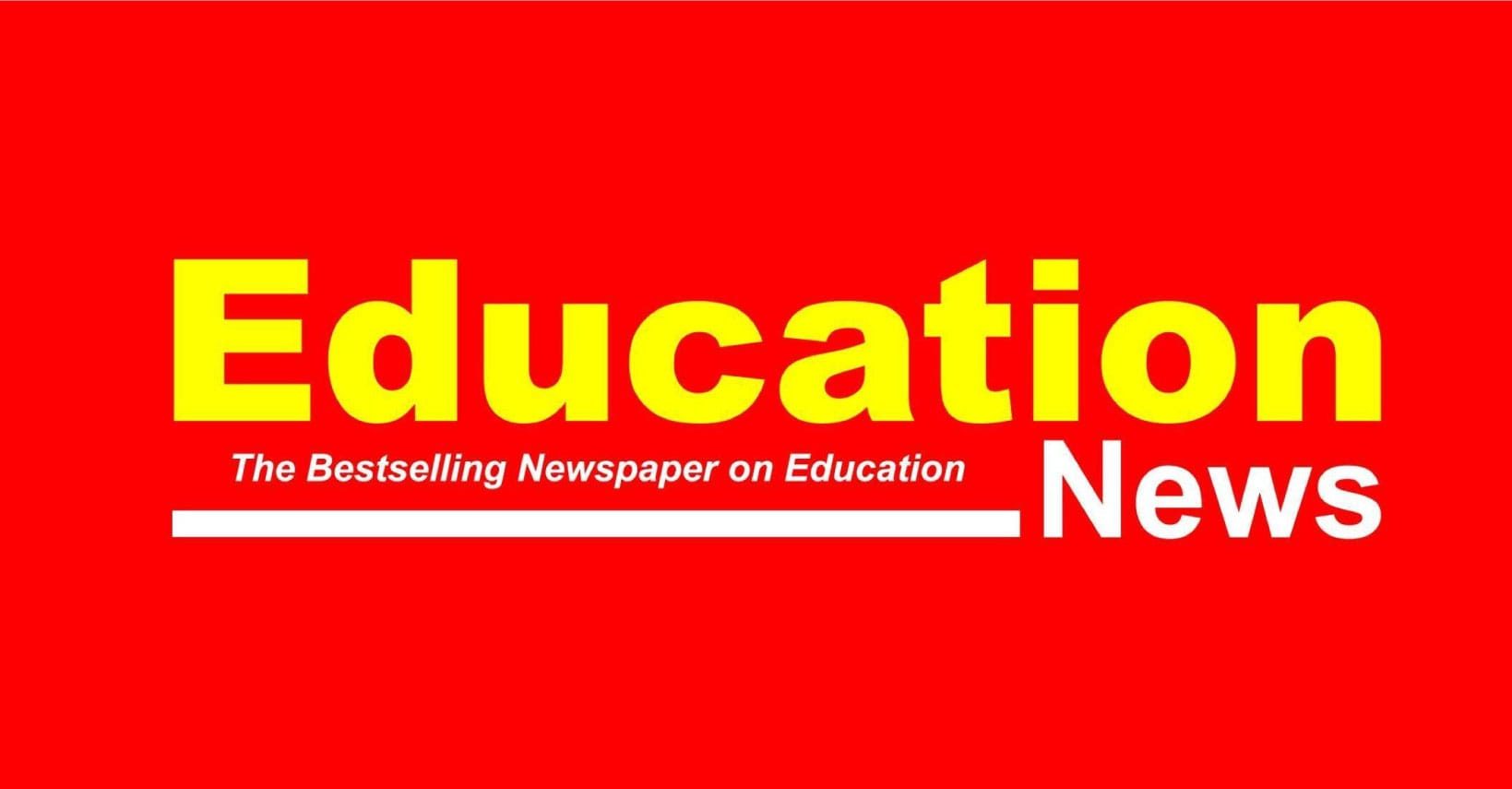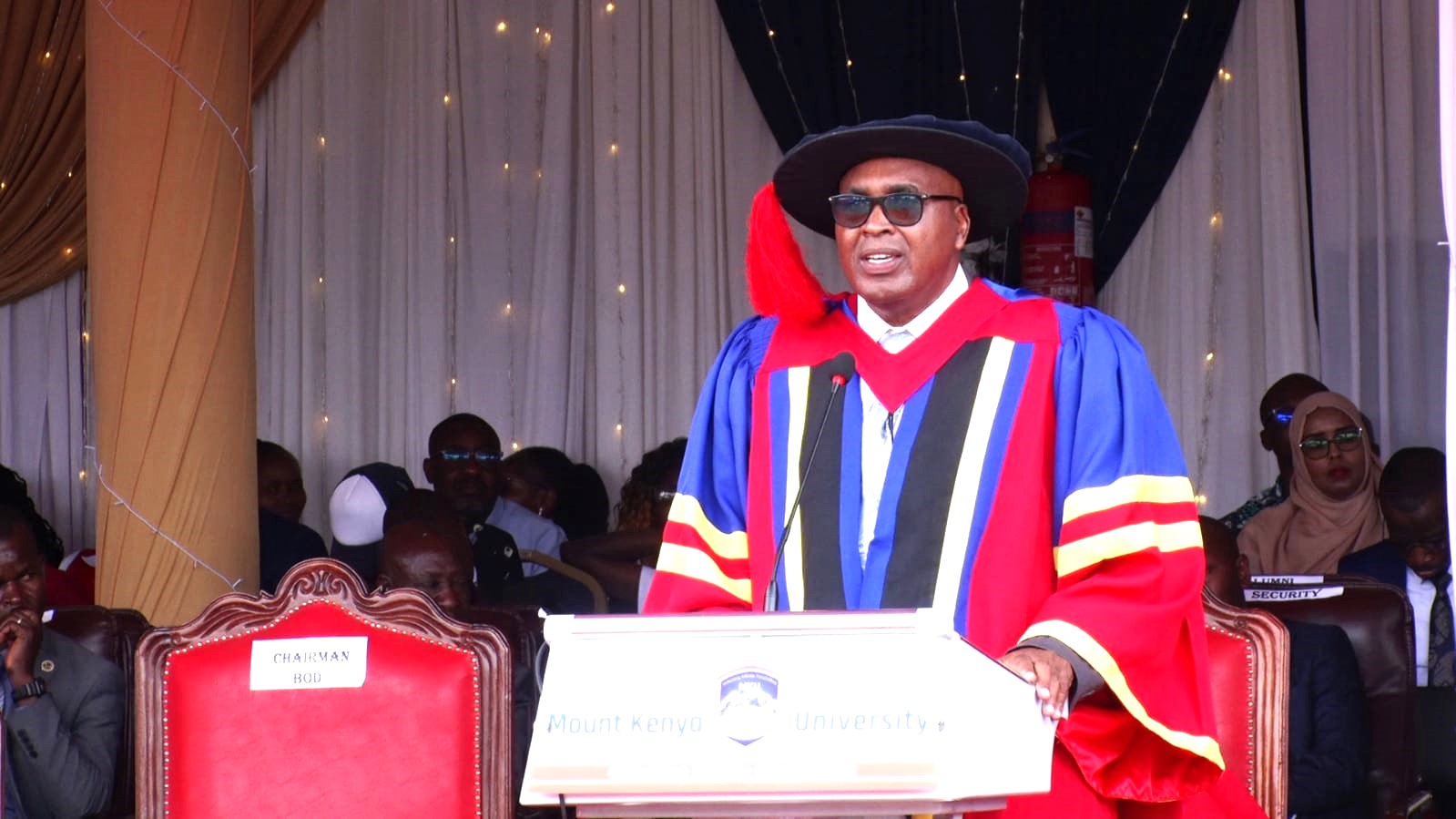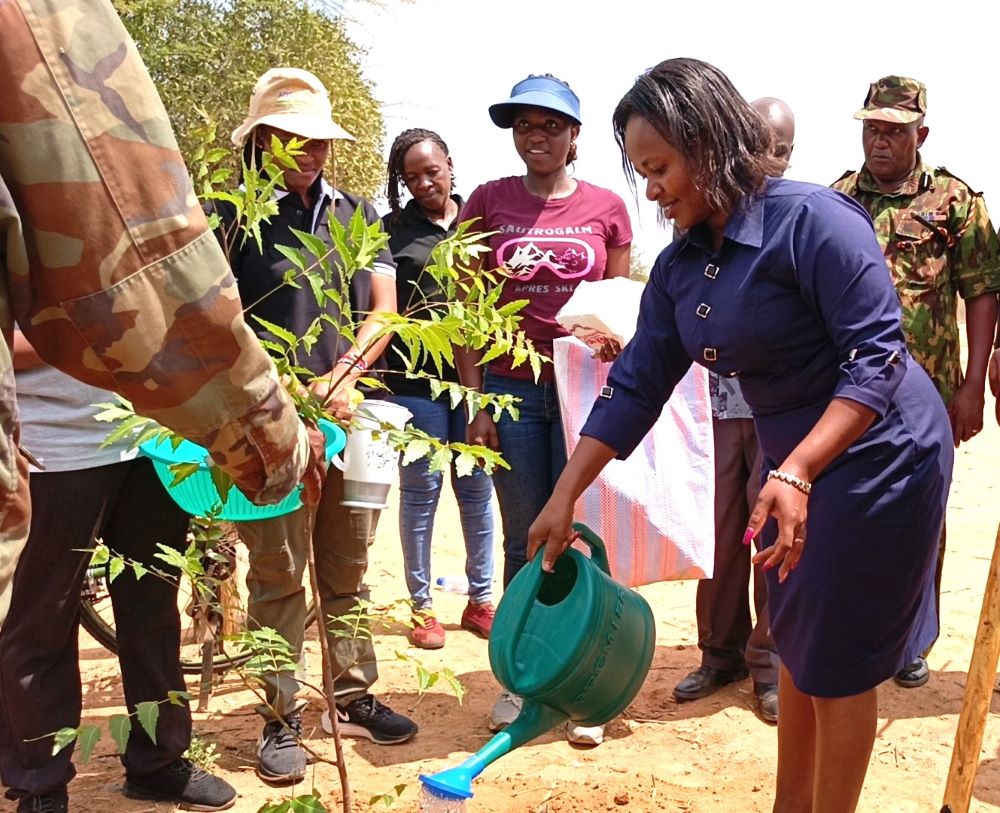Dear reader, a few weeks ago, I chanced to read in one of the dailies that the government could not account for close to 700,000 Form Four leavers who sat for the KCSE exams in 2024. Being a thorough theic, I read as I sat in a certain genteel joint just sipping copious cups of coffee. But as I analysed the startling statistics, I cringed, and nearly cried. In 2024, around 900,000 students sat for the KCSE exams. Around 246,000 candidates in that cohort scored C+ (plus) or higher in the KCSE exams.
So, where did the 700,000 Form Four leavers disappear to? Did they just bomb into oblivion? Or they just disappeared into the thin air like a joking cloud? On this important matter, we can settle on several speculations. Firstly, maybe, those who missed the C+ (plus) of 46 points to matriculate directly into universities decided to give up on furthering their studies in tertiary institutions. More so, in middle-level colleges. Secondly, we can argue that some opted to see beyond the sea. So, they flew like birds, and went to study abroad. Thirdly, perhaps, some joined private institutions dotting the country.
Interestingly, just in jest and for risibility reasons, in the recent past, while I was addressing some Form Four candidates in a certain school in the gelid Mount Kenya Region, I asked them to give me responses on where the 700,000 Form Four leavers disappeared to. They told me, perhaps, male ones married, whereas their female contemporaries got married. As a sage, I just laughed loudly on stage. Moreover, I now know you are keen to read my speculations on where I think the 700,000 Form Four leavers went, from the perspective of a career educator. I thought of mentioning my opinion at this point. Somewhat, it leads the long list of reasons the government grapples to account for the 700,000 Form Four leavers who sat the KCSE exams in 2024. We can attribute it to this: Scant guidance and advice on the choice of courses.
Earlier, students used to access the Kenya Universities and Colleges Central Placement Service (KUCCPS) portal before writing the KCSE exams. Then, in 2023, there was an about-turn on this important policy on career choices. KUCCPS penned a circular to Principals: to abolish the centre or school application of courses. Now, as a sit to ideate and write at the ACK Grace Conference Centre in Kericho Town, I am acutely aware that Form Four leavers choose courses on the KUCCPS portal after the release of the KCSE exams. As a career educator, I laud this move because by the time Form Fours graduate from high school, they are mature enough to decide on what to do. Most of them are young adults. Somehow, 18 years of age. Or at close range to that stage. Just to augment this argument, there is a certain page-turner I pored over in the recent past titled Your Career Questions Answered. In that treasure-trove, Sam Muriuki introduces bibliophiles like the weaver of these words to the Career Choices Developmental Pattern. Ideally, the three stages attributed to Ginsberg (1951), include: Fantasy, tentative and realistic.
Actually, learners go through a fantasy phase between the ages of 6 and 12. This is the phase for children, stretching from the pre-teen stage. At this age, learners hardly attach any dedication to career choices. Due to the nescience of conscience, they only dream of belonging to some glamour-tinged professional group. They pick such ideas and ideals as they observe, imitate what is happening close to them; programmes they watch on different media platforms, and tales they are regaled with. Then, the tentative phase coincides with the adolescent stage. It is from 12 to 17 years. This is a more serious stage where teens firmly fit. At this stage, they begin to visualise, internalise and actualise the requirements and rewards of career choices. As the clock of age ticks, they begin to align with career paths. In Cashflow Quadrant, Robert T. Kiyosaki profusely quotes the Vietnamese monk Thich Nath Hanh, advising young people: “Knowing the right path in life should be the goal, the highest ideal.”
Consequently, the final phase is realistic. It is the stage where learners are young adults. It is for those aged 18 and onwards. At this stage, they make career choices based on their situation, ability and preference. Possibly, at this stage, career choices begin becoming specific. No wonder I support the choice of courses after the release of KCSE exams. Albeit, this should be preceded by good guidance and advice on the selection of courses. Form Fours should not walk out of high school with a dearth of knowledge on how to further their studies. For KUCCPS has opportunities for every mean grade they score in KCSE – from A to E.
READ ALSO:
“Believe, focus, and excel”: Murang’a MCA inspires 2025 exam candidates to shine
After the release of KCSE, Form Fours should know life is akin to ascending to the highest floor of a tall building close to clouds scudding high in the sky. To get to the highest floor of the skyscraper, you have two options: use a lift or a staircase. In case life gives you the gift of a lift, getting up there will be very easy. It will just be in a jiffy. Instead, in case life only gives you the staircase, getting up there will be tedious and tiresome. Through it all, one has to ascend, reach and touch the top. Therefore, students who miss direct entries into universities should not give up. God can repair their despair in any many way. What matters most is what they choose to do with the grades they score in KCSE. It is wrong for Form Fours to write themselves off because they have scored a C or an E in KCSE. Yet, those who eventually access success in life focus on piecing many puzzles together. Sages say, when life gives you lemons, you do not ask for oranges. Instead, you make lemonade.
Somehow, Form Fours can access information on various courses offered by about 41 public universities, 33 private universities, 90 KMTCs, three secondary teacher-training colleges, and 205 public TVETs. The programmes range from degree, diploma and certificate (craft and artisan) courses. Largely, students secure placements based on choice and performance in the KCSE exam. There is a ray of hope for any mean grade Form Fours scoop. A mean grade of C+ (plus) and above, enables them to pursue degree courses in universities. A mean grade of C- (minus) and above, makes them eligible to pursue Diploma courses offered in colleges; with exemption in Diploma in Nursing offered in KMTCs, which is a mean grade of C (plain), with a C- (minus) in Mathematics and D+ (plus) in Biology. A mean grade of D (plain) and above opens the door to a craft certificate course in colleges. Whereas, a mean grade of E in KCSE, makes a Form Four leaver to only qualify for an artisan certificate course in colleges.
Delving deeper, according to KUCCPS School/Centre Application for Degree and TVET Programmes: Principals’ Application Guide, students have 18 choices: 6-degree options (1a, 1b, 1c, 2, 3 and 4), four diploma options (1, 2, 3 and 4), four craft certificate options (1, 2, 3 and 4) and four artisan certificate options (1, 2, 3 and 4). Advisedly, they should apply only for programmes they will be comfortable pursuing if they experience breakthrough in the placement exercise. In case a student will not be applying, they should not enter anything in the fields. In lieu, they should leave the choice cells blank and only fill in the contact details. Then, failure to fill out the portal means that a student is either not interested in joining a tertiary institution or is planning to study outside the country. Additionally, pertaining degree courses, choices 1a to 1c, should be the same programme in different universities. For example: Medicine at the University of Nairobi, Maseno University and Kabianga University. On the contrary, in cases where the programme only exists in one or two institutions, they should enter only the one available, and skip the other.
Moreover, KUCCPS opens the portal for application of degree, diploma and certificate (craft and artisan) programmes. Students should pay Sh 1,500 to the e-Citizen. Then, there is first and second revision of courses. While placing students into the programmes, KUCCPS considers: merit, academic performance, students’ performance and affirmative action. While choosing courses in universities and colleges, students should consider factors such as cluster requirements, accreditation details, fees, accommodation, location, ranking, marketability, work study programmes, scholarship opportunities, et cetera. Consequently, on matters cluster points, students should always know that there are four key subjects required for a particular course. Universities have different cluster requirements for courses. It is higher in city-based campuses due to high demand for courses. Meaning, more students express intense interest in studying in universities based in town. Ipso facto, students do not matriculate into universities simply because they have met the cut-off point — C+ (plus) of 46 points. Too true, KUCCPS will place them in courses of choice, only after meeting cluster requirements.
As I conclude, permit my pen to suggest: Before Form Fours walk out of various high schools to face this wide old world, Principals should ensure that they invite a career educator like the weaver of these words to talk to them about an avalanche of issues such as: How to be active, productive, creative, innovative, and best short courses they can enroll for while waiting for KCSE results, or before joining universities and colleges. By the same token, they should be sensitised about avenues of funding tertiary education, oodles of scholarship opportunities and legit ways of beginning to make money. Finally, Form Fours should be taken through What Next After KCSE? Dos and Don’ts. Schools can contact us for all these useful programme. After KCSE, we also have online lessons on the Zoom platform where we guide Form Four leavers on such stuff.
By Victor Ochieng’
vochieng.90@gmail.com. 0704420232
You can also follow our social media pages on Twitter: Education News KE and Facebook: Education News Newspaper for timely updates.
>>> Click here to stay up-to-date with trending regional stories
>>> Click here to read more informed opinions on the country’s education landscape
>>> Click here to stay ahead with the latest national news.






